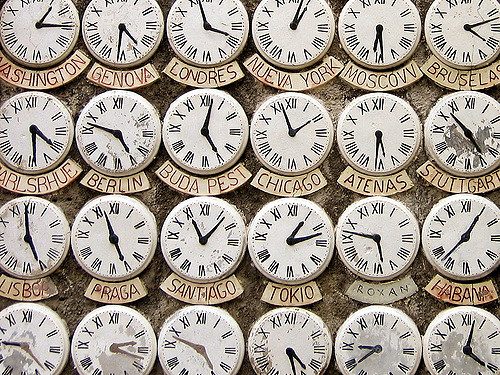When you fly across the world, have you felt exhausted in the middle of the day or remained awake at four in the morning? For many, this familiar experience, known as jet-lag, can affect travel plans and energy levels. This phenomenon arises from disruption of the circadian rhythm, a rhythm innate to many organisms which coordinates behavior to an approximately 24-hour cycle of light and darkness. In turn, circadian rhythms are tightly controlled by the circadian clock, the molecular basis for the regulation of the periodic expression of genes based on the 24-hour cycle.
New research from the University of California reveals new information regarding a mechanism by which gene activity can be repressed in the circadian clock. In the published paper, lead author Dr. Michael notes that the night period leads to production of repressive complexes of clock proteins, which reduce the activity of certain genes. The research has discovered that the protein cryptochrome 1 (CRY1) forms a ternary repressive complex with the CLOCK:BMAL1 transcription factor, which is an enzyme complex involved in the expression of many circadian-related genes. This repressive complex forms by a specific interaction of the CRY1 protein to a PAS domain, a domain contained in a protein which functions as a sensor, found in the protein CLOCK. “CRY1 binding to the PAS-B domain of CLOCK keeps the repressor stably bound to the transcription factor,” Michael said. A stable ternary complex indicates that the presence of CRY1 is essential for periods identified by the researchers in the late evening where the expression of certain genes are reduced.
The study of circadian clock proteins such as CRY1 and the CLOCK:BMAL1 serve to open the doors to further study of the molecular mechanism of the circadian clock. Proper functioning of the circadian rhythm is necessary for humans, and enhanced understanding of the circadian clock can enable researchers to develop rationally-designed treatments for diseases that affect an individual’s circadian rhythm such as insomnia. The elucidation of the circadian clock outlined in the published paper helps to advance this field by examining this close interaction between clock proteins, transcription, and sustained promotion or repression of specific genes. This sustained activity, which is enabled by complexes like CRY1:CLOCK:BMAL1, enables organisms to establish the circadian rhythm.
In a world in which we can undertake activities that can interfere with our circadian rhythms, such as flying across the world, it is crucial to obtain a better understanding of how our behavior and physiology are controlled by the circadian clock.

